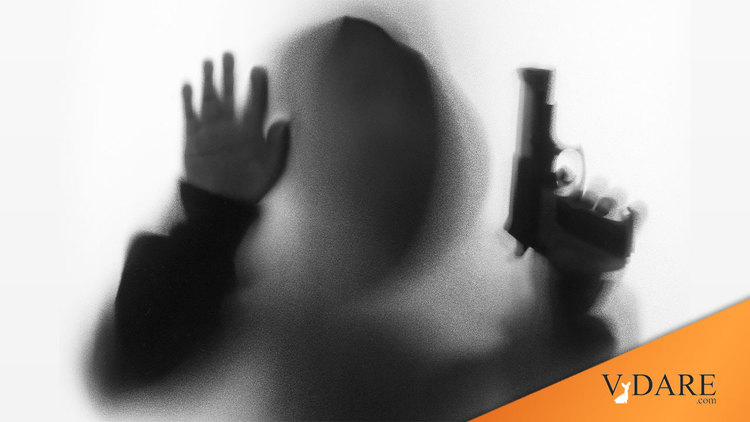
By Steve Sailer
12/20/2012
A commenter points out that when he was a kid in New Jersey, everybody knew about a guy named Howard Unruh who had killed 13 people in 1949 in Camden, the same number as Charles Whitman famously killed in 1966. As far as I can recall, though, I'd never heard of this shooter.
I think one reason is that "the news" was more localized in the past. You can see various technological changes coming along to nationalize news, such as the telegraph: a large fraction of people in the North heard about the Union’s victories on July 3, 1863 at both Gettysburg and Vicksburg on July 4th. Previously, people had used signal fires (as in Aeschylus’s account of how news of the victory in the Trojan War was sent back to Greece quickly) or carrier pigeons (Rothschilds and the Battle of Waterloo), but the telegraph made a big change in getting everybody on the same page.
By the 1920s, newspapers had figured out that you didn’t need to wait around for the Battle of Gettysburg to happen to sell papers. Somewhere in the country there was always something sensational going on at any time. For example, Floyd Collinsgetting stuck in a cave in Kentucky in 1925 became a huge deal in the press, with radio chipping in to the frenzy.
TV was a big deal of course, but I suspect that the use of videotape in the 1960s really amplified the power of TV news to create "iconic moments" by repeating highlights. (As a commenter notes, color TV was a huge addition to during the 1960s in terms of the power of imagery.)
The emergence of 24-hour national cable news, with CNN becoming hugely popular during the 1991 Gulf War, may have had something to do with the wave of high school shootings of the later 1990s that fizzled out in tedium in 2001. Events like Columbine were perfect for filling up many hours per day. Then, 9/11 and the anthrax poisonings came along and that gave us lots of new stuff to obsess about. Perhaps potential high school shooters intuited that not as many viewers would pay attention to them in the wake of 9/11, so why bother?
Another factor in what events make up the national mythology is the numeric power of Baby Boomers (and, of those lucky pre-Baby Boomers who targeted the vast cohort younger than them for manipulation) to make their youthful memories the national currency.
A transitional figure between the localized, forgotten Howard Unruh killers and the Charles Whitman era was Charles Starkweather, who went on a killing spree in 1958 with his 14 year old girlfriend. Starkweather was some small town loser, the dumbest worker at the warehouse next to the junior high school where his girlfriend was a student. But, he tried to comb his hair like James Dean, and thus he posthumously appealed to filmmakers as a murky but potent generational symbol of rock 'n' roll or something. "I know my life would look all right / If I could see it on the silver screen" — The Eagles, "James Dean."
From Wikipedia:
The Starkweather–Fugate case inspired the films The Sadist (1963), Badlands(1973), Kalifornia (1993), Natural Born Killers (1994) and Starkweather (2004).
Badlands, with Martin Sheen and Sissy Spacek, launched director Terrence Malick’s career. In the late 1970s, critic John Simon called it the best movie he'd ever seen. Natural Born Killers was made by Oliver Stone near his technical peak.
A friend of suspense novelist John Grisham was murdered randomly by a thrill kill couple who had been taking drugs and watching Oliver Stone’s Starkweather-Fugate inspired Natural Born Killers (original story by Quentin Tarantino). Grisham collected a fair amount of evidence of some other couples seemingly inspired to murder people at random by repeatedly watching Natural Born Killers while on drugs, and mounted a lawsuit against Stone. The director eventually won the lawsuit.
This is a content archive of VDARE.com, which Letitia James forced off of the Internet using lawfare.